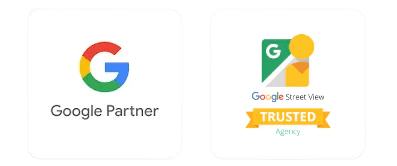Product Description
Pay-Per-Click Advertising (PPC) is a digital marketing model where advertisers pay a fee each time one of their ads is clicked. It’s a way of buying visits to your site rather than attempting to earn those visits organically through search engine optimization (SEO) or other forms of digital marketing.
In PPC advertising, advertisers bid on keywords or phrases relevant to their target audience. When users conduct searches using those keywords, the search engine displays the advertiser’s ad in the sponsored listings section of the search engine results page (SERP). These ads typically appear above or below the organic search results.
Key components of PPC advertising include:
- Keyword Research: Identifying relevant keywords and phrases that potential customers are likely to use when searching for products or services related to your business. This involves researching search volume, competition, and cost-per-click (CPC) for each keyword.
- Ad Creation: Creating compelling and relevant ads that attract clicks from your target audience. Ads typically include a headline, description, and display URL.
- Bid Management: Setting bids for each keyword based on factors such as keyword relevance, competition, and budget. Advertisers compete in real-time auctions to have their ads displayed for specific keywords.
- Targeting Options: Narrowing down your audience based on demographics, location, device, interests, and other criteria to ensure your ads are shown to the most relevant users.
- Ad Extensions: Enhancing your ads with additional information such as sitelinks, callouts, location extensions, and call extensions to improve visibility and engagement.
- Tracking and Optimization: Monitoring the performance of your PPC campaigns and making adjustments to optimize performance. This may involve adjusting bids, refining targeting, testing different ad creatives, and improving landing pages.
PPC advertising platforms include Google Ads (formerly Google AdWords), Bing Ads, Facebook Ads, LinkedIn Ads, Twitter Ads, and others. Each platform offers its own set of features, targeting options, and ad formats to help advertisers reach their goals.





